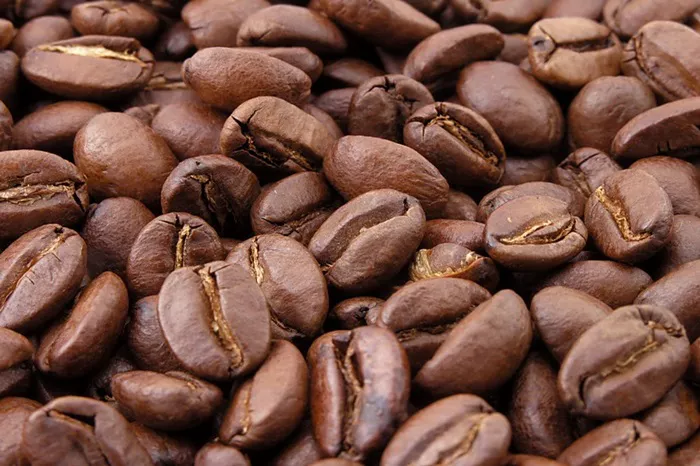If you’re following a ketogenic (keto) diet, you know that sugar is off-limits. Traditional sweeteners are high in carbohydrates and can disrupt ketosis. However, there are several ways to sweeten your coffee on keto. This article will explore various methods, ingredients, and tips for making your coffee sweet without sacrificing your keto goals. We’ll dive into keto-friendly sweeteners, their benefits, and how to use them effectively. By the end, you’ll have a comprehensive guide on how to sweeten coffee on keto.
Understanding Keto and Sweeteners
What is Keto?
The ketogenic diet is a high-fat, low-carbohydrate eating plan. It shifts your body’s metabolism from burning carbs to burning fat for energy. This process is known as ketosis. To maintain ketosis, you need to keep your carbohydrate intake very low, typically below 20-50 grams per day.
Why Sugar is a No-Go
Regular sugar is packed with carbohydrates. A single teaspoon of sugar has about 4 grams of carbs. Consuming sugar can spike your blood glucose levels and kick you out of ketosis. Therefore, it’s crucial to find keto-friendly alternatives that won’t impact your state of ketosis.
Choosing Keto-Friendly Sweeteners
There are several keto-friendly sweeteners available, each with its unique characteristics. Here are some popular options:
1. Stevia
Stevia is a plant-based sweetener that is many times sweeter than sugar but has zero carbs. It comes in liquid, powdered, and granulated forms. Stevia is a popular choice for those on keto because it does not affect blood glucose levels.
2. Erythritol
Erythritol is a sugar alcohol that has almost zero calories and carbs. It tastes similar to sugar and can be used in a 1:1 ratio in recipes. Erythritol is absorbed by the body but not metabolized, so it does not impact blood sugar levels.
3. Monk Fruit Sweetener
Monk fruit sweetener is made from the monk fruit, which is naturally sweet but contains no calories or carbs. It can be used to sweeten beverages and is often combined with erythritol to balance out the flavor.
4. Xylitol
Xylitol is another sugar alcohol with fewer carbs than sugar. It has a similar sweetness level and can be used in baking and beverages. However, it should be used cautiously around pets, as it is toxic to dogs.
5. Allulose
Allulose is a rare sugar that has minimal impact on blood sugar levels. It tastes like sugar and can be used in a 1:1 ratio. It has about 10% of the calories of regular sugar.
See Also: What Sweetener is in Sugar-Free Coffee Mate?
How to Use Keto Sweeteners in Coffee
Stevia
Liquid Stevia
Liquid stevia is concentrated and requires only a few drops to sweeten a cup of coffee. Start with 2-3 drops and adjust to taste.
Powdered Stevia
Powdered stevia is ideal for those who prefer a granular sweetener. Start with a small amount, such as 1/8 teaspoon, and adjust as needed.
Erythritol
Granulated Erythritol
Granulated erythritol dissolves well in hot coffee. Use it in a 1:1 ratio with sugar. For example, if a recipe calls for 2 tablespoons of sugar, use 2 tablespoons of erythritol.
Powdered Erythritol
Powdered erythritol dissolves more quickly in beverages. Use the same ratio as granulated erythritol.
Monk Fruit Sweetener
Monk Fruit Blend
Monk fruit sweetener is often blended with erythritol. Follow the package instructions for the right amount to use. Typically, 1 teaspoon of monk fruit blend equals 1 teaspoon of sugar.
Xylitol
Granulated Xylitol
Granulated xylitol can be used in a 1:1 ratio with sugar. It dissolves well in hot coffee. Start with 1 teaspoon and adjust based on your sweetness preference.
Allulose
Using Allulose
Allulose is used in the same way as sugar. It has a similar sweetness level, so you can replace sugar with allulose in a 1:1 ratio.
Tips for Sweetening Coffee on Keto
Start Small
Begin with a small amount of sweetener and adjust according to your taste. Over-sweetening can make your coffee taste unnatural.
Combine Sweeteners
Mixing different keto sweeteners can enhance the flavor. For instance, combining stevia and erythritol can balance sweetness and reduce aftertastes.
Experiment with Flavors
Add flavor extracts, like vanilla or almond, to your coffee for extra sweetness without added carbs. Make sure to check the ingredients to ensure they are keto-friendly.
Be Aware of Hidden Carbs
Some sweeteners may have added ingredients that contain carbs. Always check the nutrition label to ensure there are no hidden sugars or carbs.
Consider Liquid vs. Granular Forms
Liquid sweeteners dissolve more easily in beverages, while granular forms may require more stirring. Choose based on your preference and convenience.
Conclusion
Sweetening coffee on keto is achievable with the right sweeteners and techniques. Options like stevia, erythritol, monk fruit sweetener, xylitol, and allulose offer keto-friendly alternatives to sugar. Each sweetener has its benefits, so experimenting with different types can help you find the perfect match for your taste preferences. By following the guidelines and tips provided, you can enjoy a sweetened cup of coffee without compromising your keto diet. The key to sweetening coffee on keto is choosing the right low-carb sweeteners and using them in moderation to stay within your carbohydrate limits.


